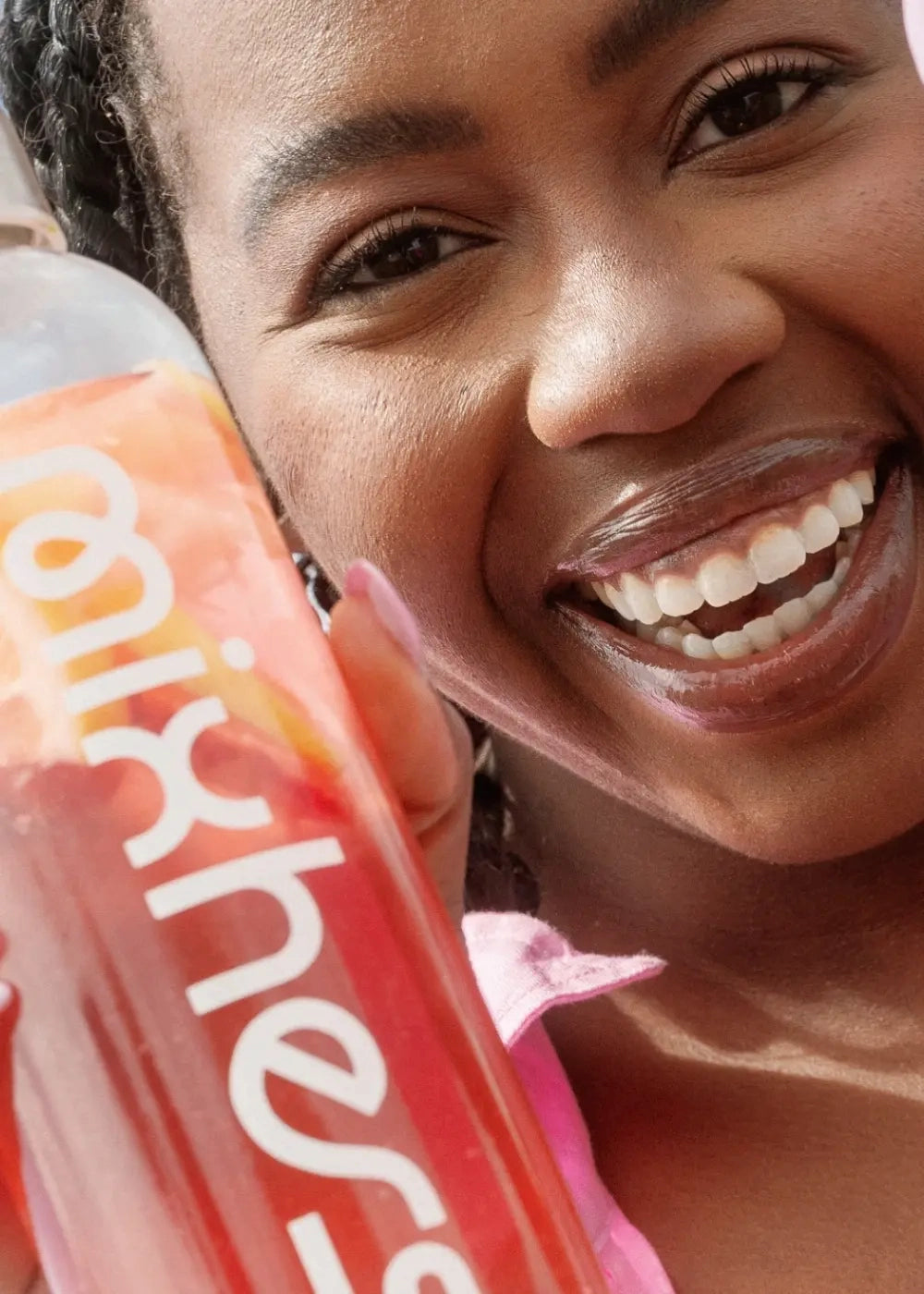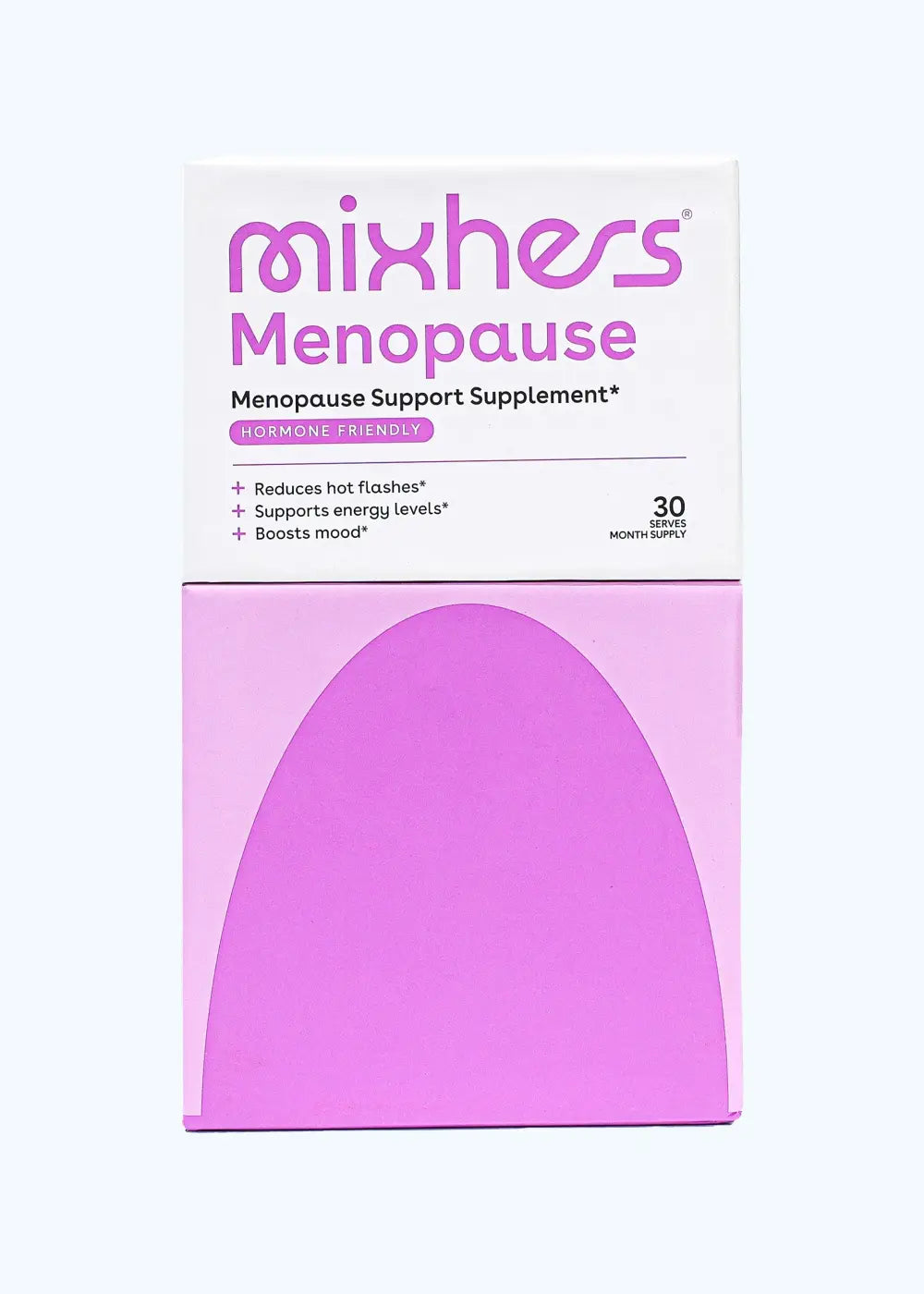Zinc can be used both topically and internally, and it comes in many forms. When it’s used topically, it’s often in the form of zinc oxide or zinc pyrithione. Zinc oxide and zinc pyrithione may be applied to the skin in the form of pastes, creams, or ointments. These topical formulas are often used to minimize or prevent sunburn, diaper rash, and other skin conditions.
In addition to the two types of zinc mentioned above, there are many other forms of zinc. Let’s talk about these different forms and how they can benefit you.
Chelated zinc is zinc that’s attached to another substance to make it more bioavailable. Chelated zinc is preferred over non-chelated zinc because it’s easier for the body to absorb. If you want to optimize zinc absorption when taking zinc tablets or supplements, here are a few common types of chelated zinc to try:
- Zinc Citrate: This is one of the most common forms of zinc found in dietary supplements and is considered by many people to be the best zinc supplement form. This type of zinc is combined with citric acid and is water-soluble. Oral zinc citrate has a great taste and is a good form to take for immune system health.
- Zinc Acetate: Zinc acetate is produced by combining acetic acid with zinc. It’s recommended that you take zinc acetate lozenges when you first begin experiencing cold symptoms (preferably within the first 24 hours of symptom onset). Taking zinc acetate during the initial symptoms of sickness could increase your rate of recovery substantially.
- Zinc Orotate: This form of zinc is bound to orotic acid. It is readily absorbed by the body and is a popular form of supplemental zinc.
- Zinc Gluconate: It may sound strange, but zinc gluconate is created by fermenting glucose. Zinc gluconate has a long shelf life, which is why it is commonly put into over-the-counter supplements.
- Zinc Picolinate: zinc picolinate is combined with picolinic acid (from tryptophan). Zinc picolinate is commonly used to prevent or treat zinc deficiency.
- Zinc Monomethionine: This form of zinc is bound to methionine (an amino acid). Because methionine is the most readily absorbed amino acid by the body, it is thought that zinc monomethionine may be the most readily absorbed form of zinc.
- Zinc Bisglycinate: This is another form of chelated zinc and is well-tolerated by most people. It’s comprised of two glycine molecules and one zinc molecule. Like other forms of zinc, it can support the immune system.
- Zinc Glycinate: Zinc glycinate is a combination of zinc and glycine (an amino acid). Zinc glycinate supports a variety of neurological and immune functions in the body.
Since the human body doesn’t easily digest zinc, it’s wise to choose zinc lozenges or zinc supplements that contain one or more of the above forms of chelated zinc.
Though they are not as bioavailable to your body as chelated types, the following inorganic forms of zinc can also be found in some zinc supplements:
- Zinc Oxide: This form of zinc is often used in topical zinc products for skin health. Zinc oxide is also sometimes taken as an oral supplement, but it is much less bioavailable than chelated forms of zinc.
- Zinc Sulfate: This is an inorganic, water-soluble form of zinc. It may cause stomach irritation and is not frequently recommended for internal use.
Zinc products can combat illness in a variety of ways. While some types are designed to be taken internally in the form of zinc supplements, others can help the body in other ways (such as zinc nasal spray for congestion and nasal infections).












